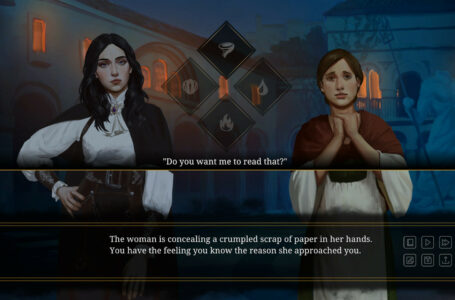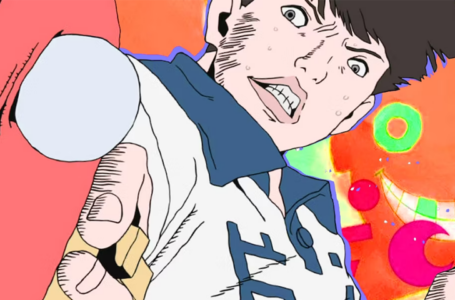Drifting Home: Lost at Sea
On September 16 of this year, Drifting Home released simultaneously in Japanese theatres and on Netflix. It features animation by Studio Colorido, known for Burn The Witch, Penguin Highway and A Whisker Away, and its director (and one of its three writers) is Hiroyasu Ishida of Rain Town and Penguin Highway fame.
Ishida was inspired to make Drifting Home after seeing one illustration of the drifting house in question. What resulted from what I can only imagine was a handful of brainstorming meetings and drawing board sessions was sadly not enough to flesh out the core key visual design because the movie feature itself is so uninspiringly half-hearted and underbaked.
All I can say is that it is most certainly a movie, and not a good one at that. As with almost any other anime movies that appear on Netflix, give this one a miss and save yourself some valuable time. Considering the movie is about confronting past regrets, it was an uncomfortable watch when I consider that dedicating two hours of my time to it is my most recent mistake!
A stagnant narrative
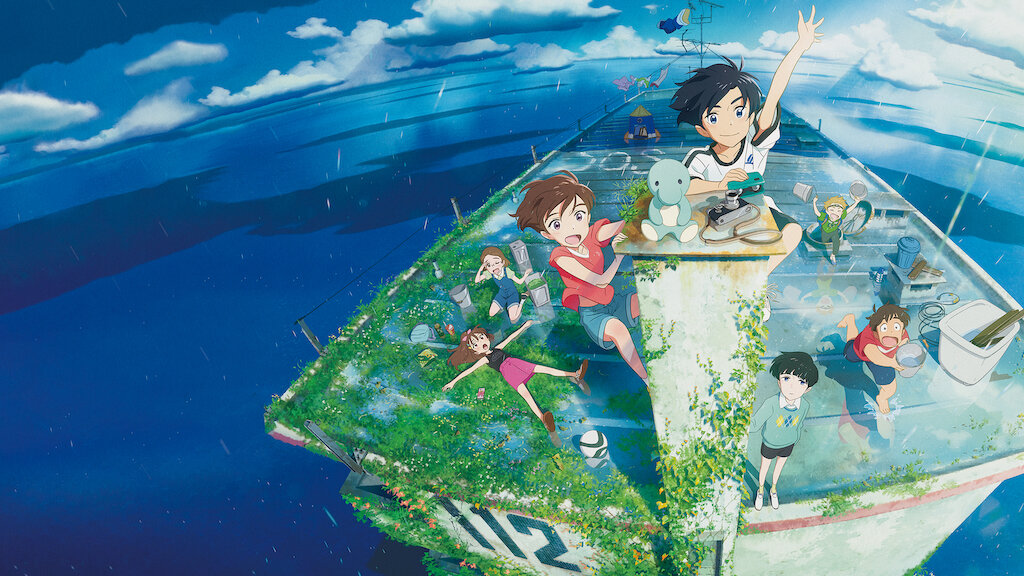
Drifting Home is one of the most stagnant viewing experiences I have had in a while. With a runtime of 120 minutes, it could have easily been halved considering how repetitive it is.
In Drifting Home, two eleven-year-olds named Kosuke Kumagaya and Natsume Touchi have a sibling-like bond, having grown up together. Their bond becomes strained once Kosuke’s grandfather, Yasuji, passes away. As the story begins, it’s now summer vacation, and Kosuke along with his friends Taishi, Yuzuru, Reina, and Juri bypass construction workers and make themselves at home in a building set for demolition.
They are surprised to discover Natsume asleep in this building where Kosuke and her grew up. A heated argument soon follows when Kosuke grills Natsume on her reasons behind her visiting the abandoned building — is there something beyond it being their former living space?
Things go from bad to worse when Natsume brings up a friend of hers, a boy called Noppo who supposedly lives in the complex. Heavy rain begins to pour down as tensions hit an all-time high, and the kids and building are seemingly transported into the ocean as the complex drifts along without any destination. That’s quite a concern, especially when you’re just some helpless kids.
Character drama lacks poignancy
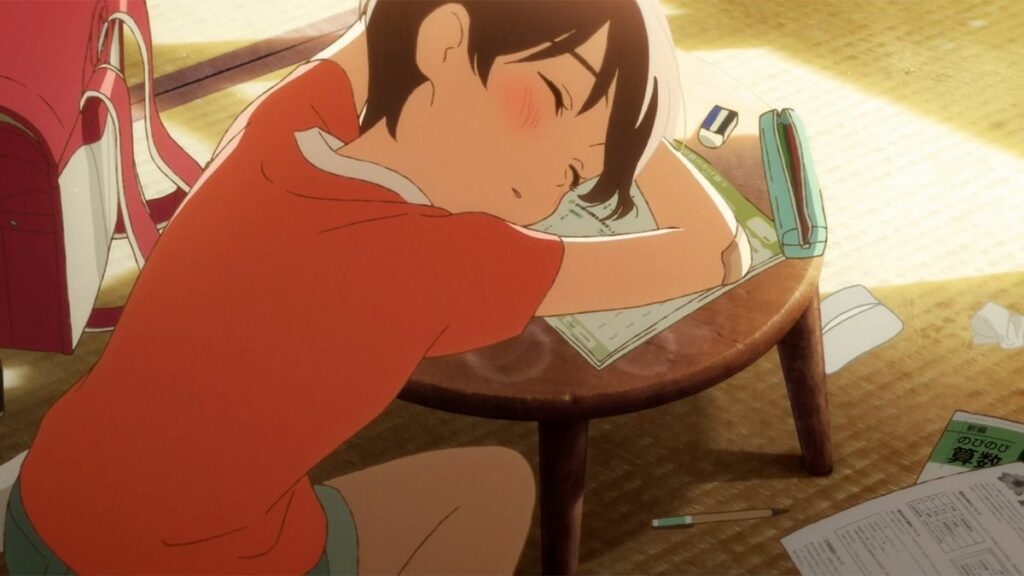
Drifting Home tries to be a lot of things. For one, the focal situation is beyond dire. The kids are whisked away from the comfort of normalcy and reality in an almost isekai-esque fashion. They have to manage living with limited food sources while remaining hopeful in a situation that nearly kills them more than once — and with seemingly no way out of it. For an “animated fantasy adventure comedy-drama” intended for the whole family, there’s a surprising amount of horror presented throughout.
The issue is twofold when trying to assess who the movie was meant to target and appeal to. Its age rating has been noted as PG with “some bloody images, brief smoking, peril, language [and] thematic material” but the “peril” bit should have been capitalised and in bold. Considering the sheer gravity of the situation, it won’t be an easy watch for children around the same age as its characters. Having to see them be in constant danger with their lives and sanity barely hanging on by a thread was not the highlight of my evening.
Furthermore, it’s not like the movie even tries to retain any bit of intrigue for any audience member. Its pace is meandering, its plot points are predictable, and its conflicts are recycled throughout the entire story. There is argument upon argument that forcibly pushes the narrative along in nearly every single scene. The food getting low is one cause for concern, so the characters verbally attack one another about it until someone gets a bright idea that quells all the high emotions of the scene.
In one scene, Reina’s jealousy gets the best of her because of course two out of three of its female characters are into the same male, so she lets off some steam in one scene about it without being explicit on what the actual issue is – although her female BFF knows what’s up. On another occasion, one of the kids is literally hanging on for dear life. After a screaming contest someone finally does the right thing which is standing up and making their way towards them with haste.
Conflicts just repeat and are barely there to challenge or pose any concrete issue in a way that forces the characters to come together. The intention feels like the kids had to be constantly at each other’s throats to make the story interesting and the payoff worthwhile. But it well and truly faltered, considering the overall sense of relationship development is as messy as it is.
Sure, the ones who needed to learn how to effectively work together as a team did get their heads together and buckled down for the greater good. But it did not need all the personal attacks and supposed conflicts that messed up the dynamics. It all feels forced and contrived — all, seemingly, to teach the main two characters the importance of communication and honesty. These two characters are the only big deals of the entire movie, in fact. Drifting Home truly should have been an hour less in length to get the message across better because it did not need all these flimsy and contrived pitstops of repeated conflicts.
Wasted talents, missed opportunities – the anime
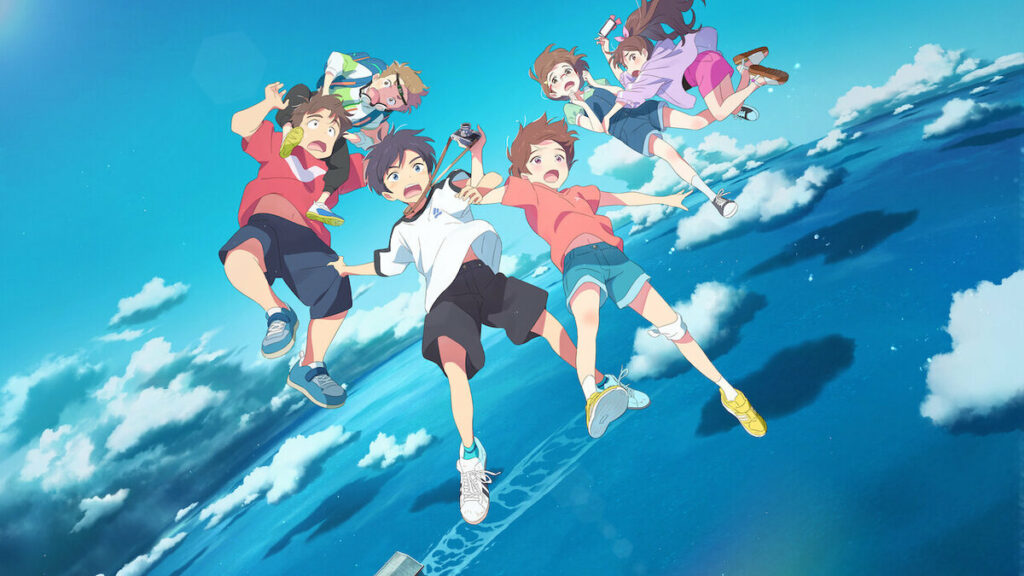
Everything about the movie other than its visuals and character design is beyond poor. Like most other Netflix anime movies, Drifting Home hits hard visually — and just like most other Netflix anime movies, it is yet another case of all style no substance. Its supporting characters are so sidelined that they may as well have not been in the movie to begin with. They were nothing more than one dimensional.
I could forgive this if the movie didn’t also try to force us into believing that they’re important or impactful. A particular scene comes to mind in its last quarter of runtime where we’re meant to feel something for the four kids’ family members and parents who appear as visions. We barely got to bond with said children, so no amount of flashing up their parents makes us feel anything more for them.
The character depth is non-existent; forcing a parent to appear on screen sure does remind me that they have family, but it’s not like we have any sense of relatability or consideration for these shallow, walking character tropes.
As for the main two who get most of the screentime and writing in development, they are almost as disappointing. For the majority of the time, their relationship is beyond strained and near on severed by the kids’ refusal to talk about and address their issues and feelings. This is a cause for concern until the climax of the movie.
The payoff comes far too late when they finally do confront their thoughts and feelings and talk it out, because the viewers have been shoved around for over an hour and a half at this point – you really do have to be patient enough to finally witness any shred of depth or progression from either one of them.
The climax is sadly not any more emotional. It is, in fact, far more aggravating for how slow of a journey it was to get there. While all these arguments and shouting contests really do showcase just how amazing the voice actors are — they really did stress their vocal cords to project all the emotions and inflictions — it’s too little too late for the characters.
Conclusion: another Netflix anime to avoid at all costs
Drifting Home tries to do so much but provides so very little payoff. As a coming-of-age tale that attempts to focus on lived experiences such as nostalgia and regrets, the movie is simply far too tiresome and cumbersome of a watch. It brings nothing new to such themes that have already been done before, and to a far better extent. The movie barely leaves much of an inspiring note with its conclusion.
The attempt to factor fantasy and adventure elements into a mostly character-driven drama also really constricts the main points it was trying to make. Everything feels underbaked as a result, and when the runtime packs in mostly arguments as the story beats, it makes it all that much less inspiring.
The floating landmarks is what I would argue are the worst example of this. The characters that call them home should have been just a bit more explored beforehand to make these scenes as heart-wrenching as they had the potential to be. It may have been farfetched, but even making at least one of these spirits somehow connected to one of the supporting characters would have made for a far better plotline. It could have been subtle, but just as moving.
At least the CG looks really good, but with contrived conflicts that feel like pulling at teeth and a story that is well below average, the core messages of moving on, letting go of the past, facing one’s fears and learning to combat them cannot save the movie as a whole.
Drifting Home is brimming with untapped potential and could have genuinely pulled at the heartstrings or made a real impact with its core idea. Instead, we got a sudden genre deviation without warning, a character drama that was squandered by too many ideas being thrown its way and the uncomfortable forcing of a narrative that did not want to go anywhere.
Join The Discussion
Rice Digital Discord
Rice Digital Twitter
Rice Digital Facebook
Or write us a letter for the Rice Digital Friday Letters Page by clicking here!
Disclosure: Some links in this article may be affiliate links, which means we may earn a small commission if you make a purchase after clicking on them. This is at no additional cost to you and helps support Rice Digital!
- Sigh of the Abyss: Shadow Bonds – Prologue Review - October 7, 2023
- Is She The Wolf? is wickedly addicting TV - October 6, 2023
- The steady consumption of Slow Damage - October 5, 2023




